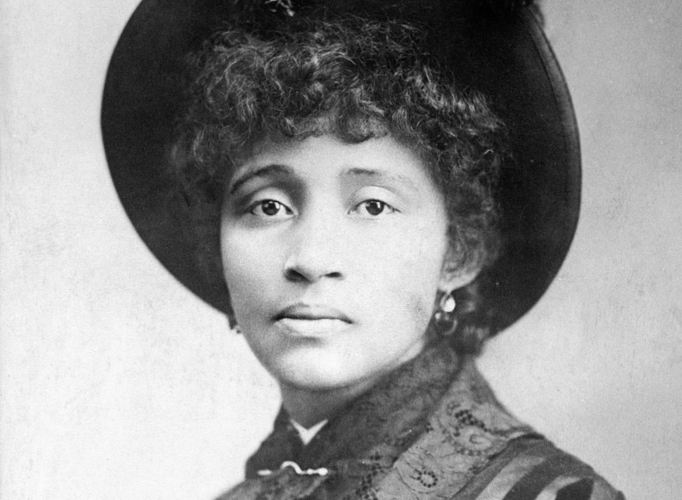At the Bookforum website, Justin Slaughter reviews Goddess of Anarchy: The Life and Times of Lucy Parsons, American Radical by Jacqueline Jones. Parsons was a former slave and anarchist who, during the late nineteenth century, became a prolific author and wildly popular orator on the subject of working-class struggle. Astonishingly, Jones’s biographer book is only the second biography over published in this unique and fascinating woman. Here’s an excerpt from the review:
In reading Jones’s lucid rendering of Parsons’s life, there are moments that make you doubt whether American politics ever really changes. Parsons foray into public life began in the 1870s, when she and her husband, Albert, a dapper Confederate-veteran-turned-socialist journalist and politician, abandoned Waco, Texas for Chicago. Around the same time, a major financial crisis had thrown more than a fifth of the city’s labor force out of work. New technologies depressed wages for many still-employed whites, prompting a backlash against black workers and non-white immigrants. Thousands “squeezed into high-priced, poorly ventilated barracks, basements, and hovels surrounded by open sewers that were clogged with kitchen slop, human excrement, and animal carcasses,” Jones writes, while the city’s magnates built mansions on Lake Shore Drive.
Around the time of the deadly Great Railroad Strike of 1877, Parsons abandoned the ballot box and placed all her revolutionary hopes on trade unionism and Johann Most’s strategy of radical violence. By that time, the couple had become mainstays in the labor halls, press offices, Lake Michigan picnic-rallies, and black-and-red-bannered parades of the city’s burgeoning circle of radical activists and propagandists, which was overwhelmingly composed of German immigrants. In 1887, Albert was sentenced to death for inciting a bomb explosion at a labor rally in Chicago’s Haymarket Square that led to the killing of seven police officers. The sensational trial—based solely on circumstantial evidence and on what Judge Joseph E. Gary deemed the couple’s “seditious utterances” on dynamite—brought the “Haymarket widow” into the mainstream. With the erudition of a scholar but without the stodgy prose of an academic, Jones pulls Parsons’s legacy from the shadow of her husband’s fame.
Image of Lucy Parsons via Jacobin.
